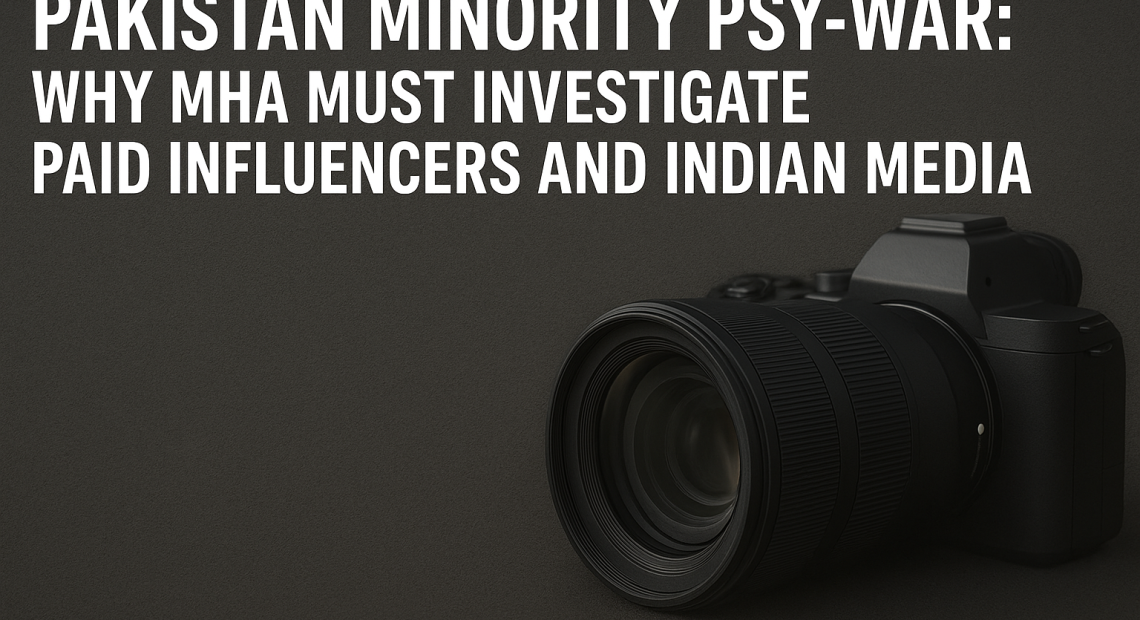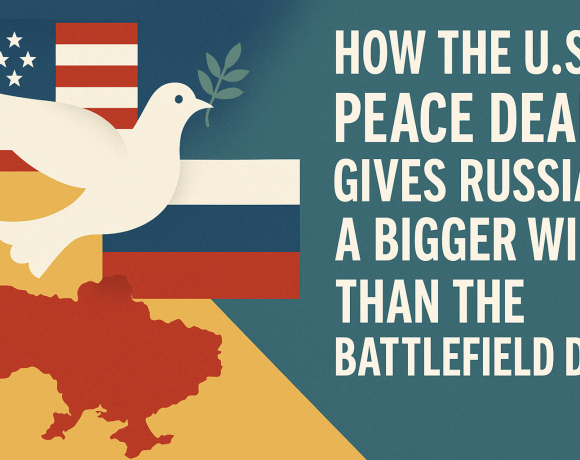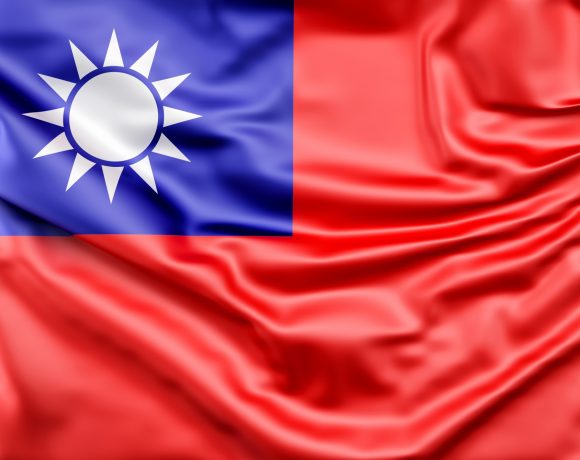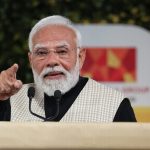
Pakistan Minority Psy-War: MHA Must Act
Pakistan Minority Psy-War is unfolding on Indian screens, and it is time to call it by its real name. A sudden flood of reels featuring Hindu girls dancing Garba in Karachi, Christian creators celebrating festivals, or minority influencers shouting “Jai Hind” from across the border is not cultural exchange. It is narrative warfare — carefully crafted to project a picture of harmony in Pakistan while hiding the ground realities of demographic decline, abductions, forced conversions, and migration. The question that must be asked is simple: why are Indian media houses and influencers amplifying this narrative without scrutiny?
The contradiction is glaring. Official census numbers themselves show the Christian population has grown far below Pakistan’s overall growth rate, leaving nearly half a million people “missing” compared to normal demographic trends. Hindu numbers are slightly up on paper, but NGOs repeatedly accuse the state of undercounting, and the stories of families fleeing Sindh tell a different truth. Meanwhile, rights groups report over a thousand Hindu and Christian girls are abducted and forcibly converted every year, with courts and police often siding with the abductors. If this is the condition of minorities, why does our media push the lie that “all is well” in Pakistan?
The anatomy of the psy-war is clear. These viral videos are tailored not for Pakistanis but for Indians: patriotic hashtags like “#jaihind,” Bollywood music, Hindu religious festivals. The content is designed to emotionally disarm Indian audiences and make them doubt their own understanding of Pakistan’s treatment of minorities. The timing is convenient — just as Pakistan faces criticism on human rights, its image gets a soft repaint via curated Instagram reels. And the effect is dangerous: propaganda disguised as cultural celebration.
Indian media outlets have become the easiest channels for laundering this narrative. BBC India and liberal digital platforms rush to publish these reels as “hopeful” human-interest stories. But in doing so, they deliberately ignore the stories of Rinkle Kumari, Arzoo Raja, and hundreds of unnamed girls forced into marriages and conversions. By amplifying carefully staged happiness while burying systemic abuses, sections of the Indian press have turned from watchdogs into cohorts. The irony is sharp: in trying to look progressive, they end up becoming megaphones for Pakistan’s psychological warfare.
This is not just a matter of media ethics. It is a national security issue. If influencers in India are being paid or incentivized to boost this narrative, if media houses are picking up foreign-origin reels without verification, this is no longer innocent reporting — it is foreign influence at work. The Ministry of Home Affairs cannot afford to remain passive. Just as India investigates foreign funding of NGOs under FCRA, it must apply the same lens to influencers and media outlets that push suspicious narratives originating across the border. Financial trails must be traced, disclosures enforced, and accountability fixed.
Pakistan’s Minority Psy-War is not a passing trend; it is a systematic attempt to manufacture consent in India for a false picture of Pakistan. The reels and stories may look harmless, even charming, but their intent is strategic — to dull Indian outrage at the treatment of minorities, to soften Pakistan’s image abroad, and to create confusion in India’s domestic debate. The most dangerous part is that this campaign doesn’t rely on faceless propaganda accounts. It uses young faces, relatable influencers, and mainstream Indian media to launder its message into credibility. When an Indian liberal influencer reposts a Karachi Garba video, or when BBC India gives column space to a minority creator singing Bollywood songs, the propaganda no longer looks foreign — it looks familiar, trustworthy, and even aspirational. That is how information warfare works in the 21st century: not through loud state broadcasts, but through quiet infiltration of cultural feeds. If India’s institutions remain blind to this, the next stage will not just be reels of happy minorities; it will be narratives designed to soften India’s strategic red lines, to erode its public consensus on Pakistan, and to dilute its diplomatic leverage. This is why the Ministry of Home Affairs must treat the matter with urgency. It must investigate who funds these narratives, who amplifies them, and whether Indian media houses and influencers are being paid or played. Because in the age of psychological warfare, letting your adversary control the story is no different from conceding the battle without a fight.


















